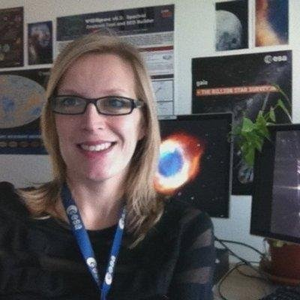Your comments
Dear Pedro,
It's now possible to resize or minimise both the data panel and the tree map window, and in the next version about to be released, it's possible to move many other windows around. I hope this solves the issue you were having?
Many thanks and regards,
Debbie
Dear Nora,
We now have a 'Feedback' button on the header panel of ESASky that goes directly to the ESASky UserEcho.
Kind regards,
Debbie
Dear Peter,
I agree, his would be very cool! We've discussed similar ideas in the ESASky team and I believe Bruno is involved in a related project (?) But specifically for ESASky, I will add your idea to our backlog.
Many thanks,
Debbie
Dear Becky,
Many thanks for the feedback. We are working on the issue to solve this as soon as we can.
Kind regards,
Debbie, on behalf of the ESASky team
Dear Antonio,
I still don't understand the issue you are experiencing. Let's arrange to meet offline and afterwards I'll post the findings here.
Kind regards,
Deborah
Dear Antonio,
Could you please give us some more details. Is HZ 2 the source? What are you trying to display that is having problems?
Many thanks,
Deborah on behalf of the ESASky team
Customer support service by UserEcho


Dear Becky,
Source 3XMM J215022.4–055108 is now available in SIMBAD.
Kind regards,
Debbie, on behalf of hte ESASky team